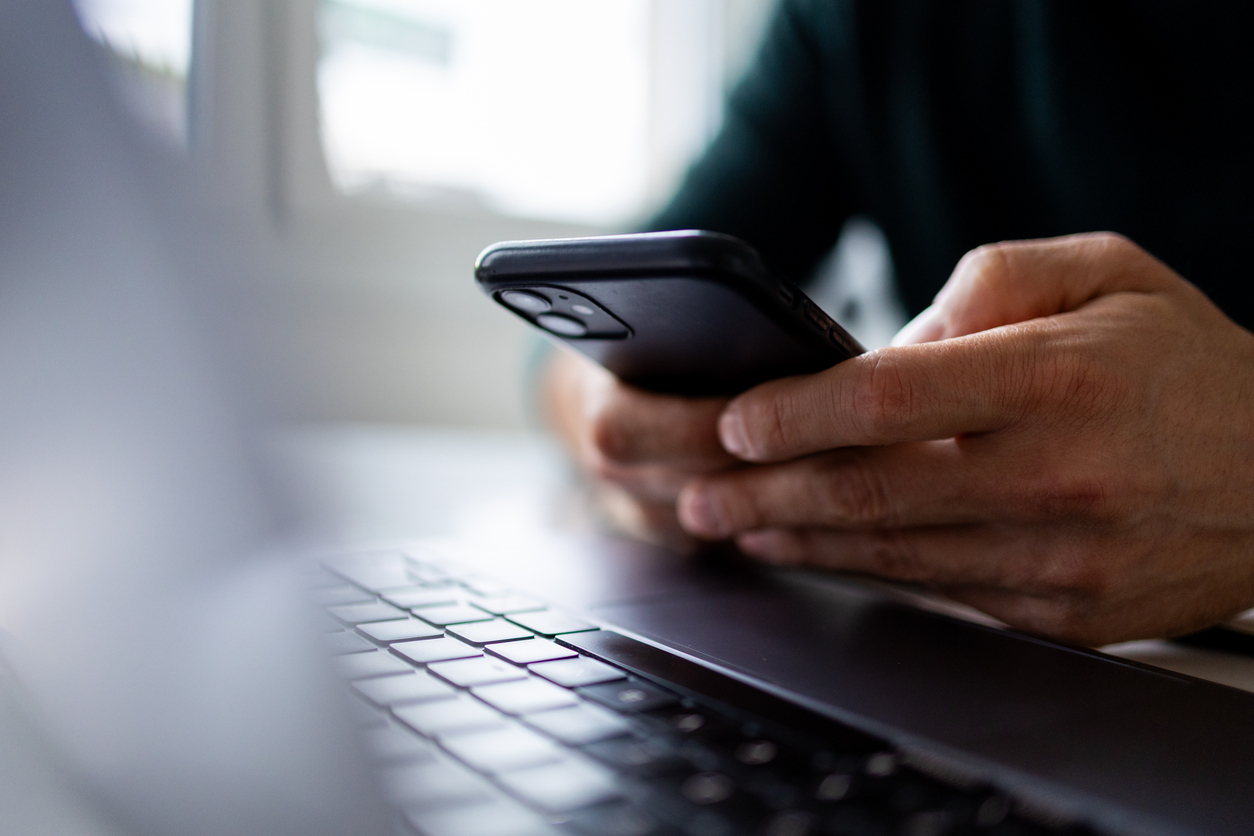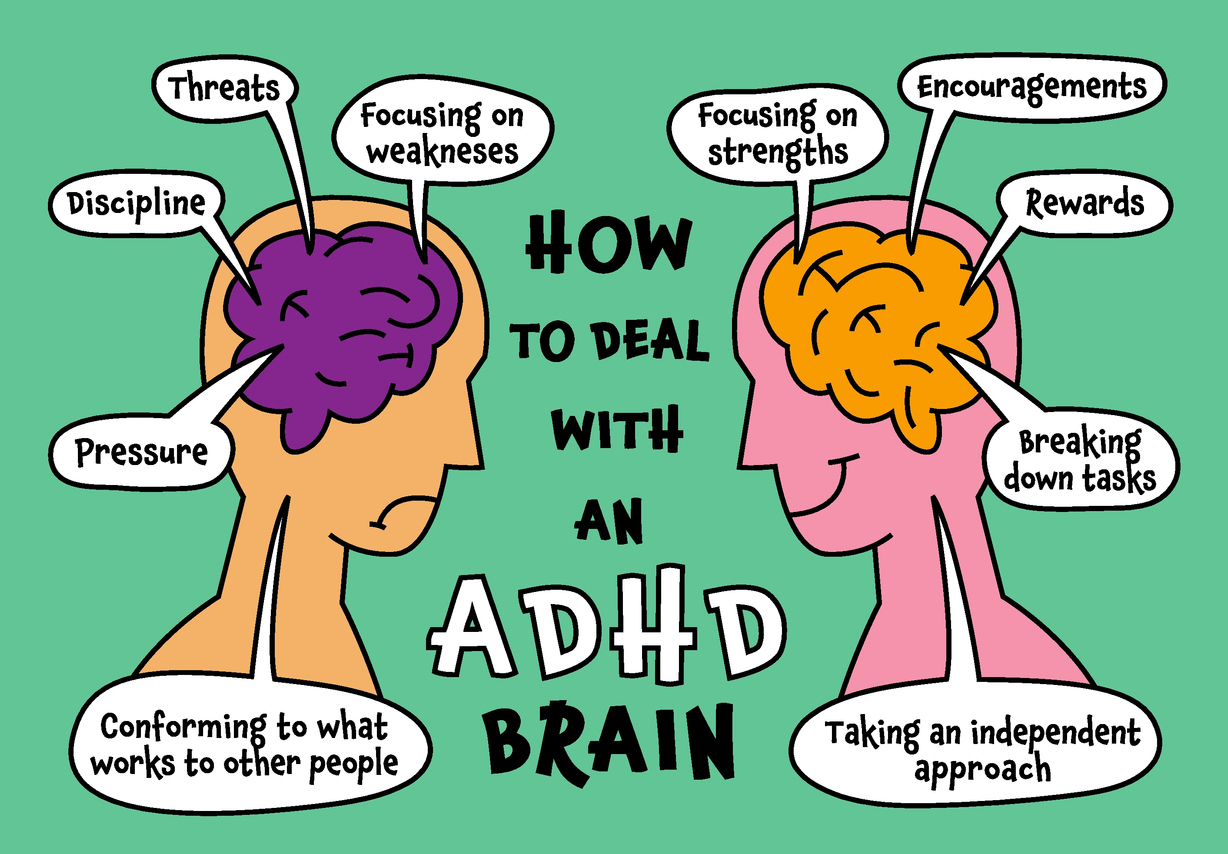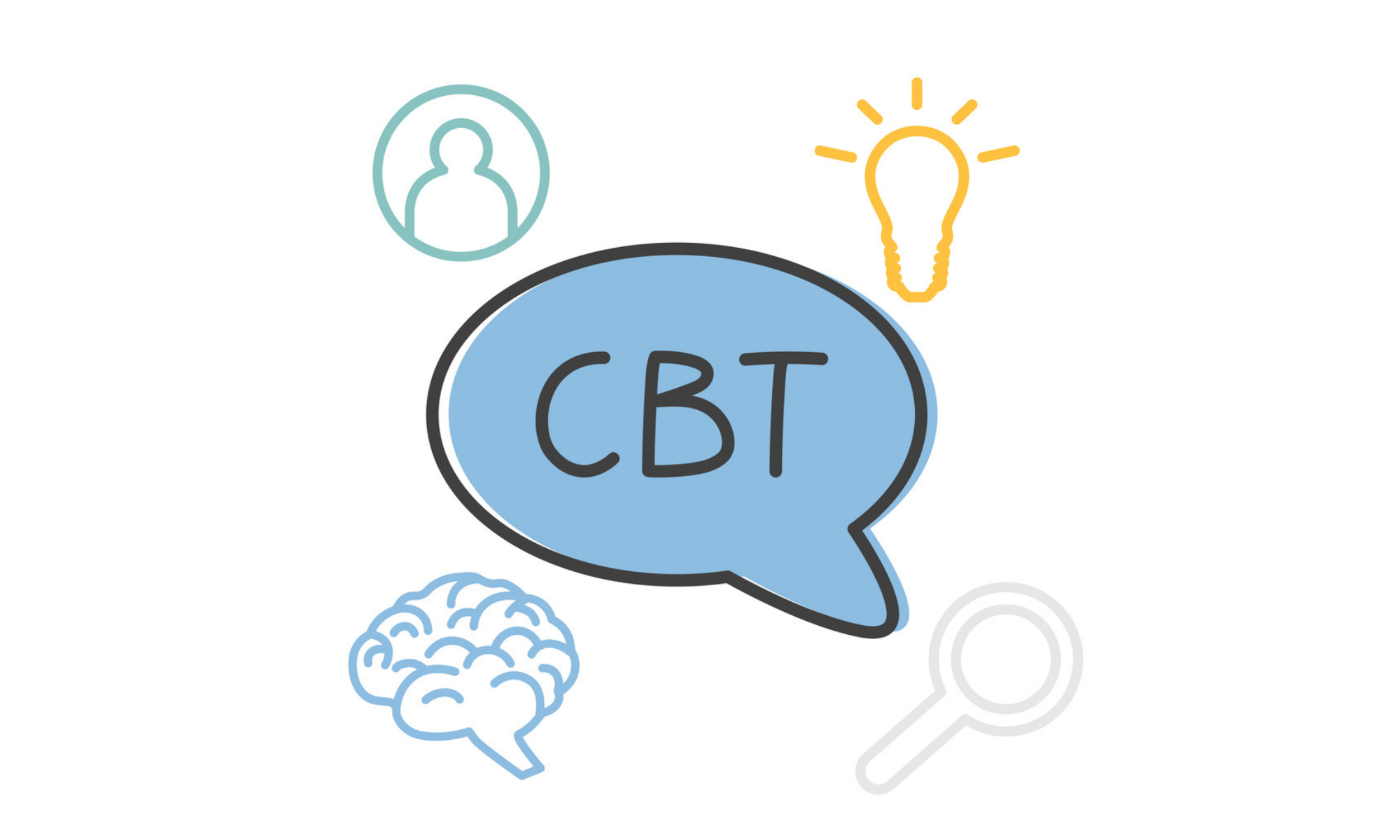Trapped in the Feed: How Social Media Shapes Our Mental Health

Social media use doesn’t come with a warning label, but it is important to understand the impacts it’s having on your mental health.
Understanding the Evidence Through a CBT Lens
Social media is woven into our everyday lives, offering connection, entertainment, and information. But increasingly, research shows that how we engage with these platforms can significantly impact our mental health and even our brain function.
Let’s explore the evidence, and how tools from Cognitive Behavioural Therapy (CBT) can help you navigate social media more mindfully.
Social Media and Mental Health: What the Research Shows
Multiple studies have found a strong association between social media use and symptoms of depression, anxiety, loneliness, and reduced well-being, particularly in young and middle-aged adults.
In a national study on participants aged 19–32, those who used social media more frequently were significantly more likely to report symptoms of depression (Primack et al., 2016). Similarly, a review of 114 studies on the topic found consistent links between heavy/passive social media use and poorer mental health outcomes among adults (Orben & Przybylski, 2021.)
Interestingly, it’s not just how much time we spend online, but how we use these platforms. Passive scrolling and the use of multiple platforms at once, have been shown to increase negative emotional outcomes.
Social Media and the Brain
Beyond mood and behaviour, social media may also impact the brain’s structure and function.
A neuroimaging study found that frequent Facebook use on smartphones was associated with reduced gray matter volume in the nucleus accumbens, the brain’s reward center (Montag et al., 2017). Another study linked excessive social media use to smaller brain regions involved in emotion regulation and impulse control (He et al., 2017). These findings suggest that the brain physically adapts as a result of compulsive or habitual social media engagement. These changes in our brain can contribute to an increased vulnerability to mental health issues such as addiction, anxiety, and depression.
How CBT Helps Us Make Sense of It
CBT teaches us that thoughts, feelings, and behaviours are interconnected. Social media affects all three:
- Thoughts: Exposure to curated content can lead to unhelpful thinking patterns like comparison, catastrophizing, or “should” statements (e.g., “I should be more productive like them”).
- Feelings: These thoughts can lead to anxiety, shame, sadness, or feeling overwhelmed.
- Behaviours: In response, people might withdraw, scroll more to numb discomfort, or experience disrupted sleep and focus.
This creates a self-reinforcing loop: the more time spent on social media, the worse one might feel, leading to even more scrolling or avoidance.
CBT helps break this cycle by building awareness of your internal responses and offering practical tools to shift patterns.
Evidence-Based Strategies to Reclaim Your Mental Space
Here are three CBT-informed strategies, backed by research, to mitigate social media’s negative effects:
1. Track and Reflect on Your Use
Use a journal or app to track when, where, and why you check social media. This builds awareness of your triggers and thought patterns, key components in CBT.
Ask yourself:
- What was I feeling before I logged on?
- What thoughts came up while scrolling?
- Did I feel better or worse afterward?
These reflective practices help create distance between stimulus and response (Plackett et al., 2023).
2. Set Small, Realistic Limits
Even a 15-minute reduction per day, paired with an alternative activity like walking or reading, can improve mood and health (Smith et al., 2023). The key is gradual behaviour change. You don’t have to quit social media entirely, just begin using it with more intention.
3. Take Intentional Social Media Breaks
A short-term “digital detox” doesn’t just reset your habits, it can actually increase life satisfaction and reduce stress, especially when paired with journaling or therapy-based reflection (Tao & Dong, 2020).
In one study, participants who took two 2.5-hour breaks from social media daily over two weeks reported improved well-being and clearer thinking (Tao & Dong, 2020). Adding mindfulness or CBT journaling to the process amplifies the benefits.
4. Unfollow Misaligned Accounts and Follow More Values-Aligned Content
Consuming content that consistently makes us feel negative about ourselves or the world can significantly impact our mood and raise cortisol levels, often leaving us feeling drained and anxious.
A simple but effective remedy is to unfollow those negative accounts and instead follow content that inspires positivity, joy, and optimism.
Team Voices: Here is what one of our providers at Cognito has to say:
“I can get caught up in doom scrolling with the best of us, so I make sure I keep an eye on the time and have time limits pre-set in my phone for the social media sites that I know I can easily get stuck scrolling on” – Sarah Wiebe, CBT Provider
Conclusion
Social media isn’t inherently harmful. It’s a tool, and like any tool, its impact depends on how we use it. CBT provides a supportive framework for recognizing how your thoughts and behaviours around social media might be affecting your mental health, and how to shift them if they have become problematic or harmful over time. By increasing awareness, setting boundaries, and developing healthier habits, you can reclaim your focus, mood, and time, and feel more in control of your digital life.
If you need support getting started in this area, our CBT Care Providers can work with you to create personalized goals to manage social media use and reduce the negative symptoms of anxiety and depression that it may be causing.
Written by: Anna Spilker
References:
He, Q., Turel, O., & Bechara, A. (2017). Excess social media use is associated with amygdala-striatal but not prefrontal morphology. Psychiatry Research: Neuroimaging, 269, 31–35. https://doi.org/10.1016/j.pscychresns.2017.09.003
Montag, C., Markowetz, A., Blaszkiewicz, K., et al. (2017). Facebook usage on smartphones and gray matter volume of the nucleus accumbens. Behavioural Brain Research, 329, 221–228. https://doi.org/10.1016/j.bbr.2017.04.035
Plackett, R., Blyth, A., & Schartau, P. (2023). The impact of social media use interventions on mental well-being: Systematic review. Journal of Medical Internet Research, 25, e44922. https://doi.org/10.2196/44922
Primack, B. A., Shensa, A., Sidani, J. E., Whaite, E. O., Lin, L., Rosen, D., Colditz, J. B., Radovic, A., & Miller, E. (2016). Social media use and perceived social isolation among young adults in the U.S. American Journal of Preventive Medicine, 53(1), 1–8. https://doi.org/10.1016/j.amepre.2017.01.010
Smith, J. A., Jones, L. M., & Brown, K. (2023). Reduction in social media usage produces improvements in physical health and wellbeing: A randomized controlled trial. Journal of Technology in Behavioral Science, 8(2), 123–136. https://doi.org/10.1007/s41347-023-00304-7
Tao, S., & Dong, M. (2020). Cognitive behavioral therapy–based short-term abstinence intervention for problematic social media use: Improved well-being and underlying mechanisms. Cyberpsychology, Behavior, and Social Networking, 23(7), 460–466. https://doi.org/10.1089/cyber.2019.0010







.png)


